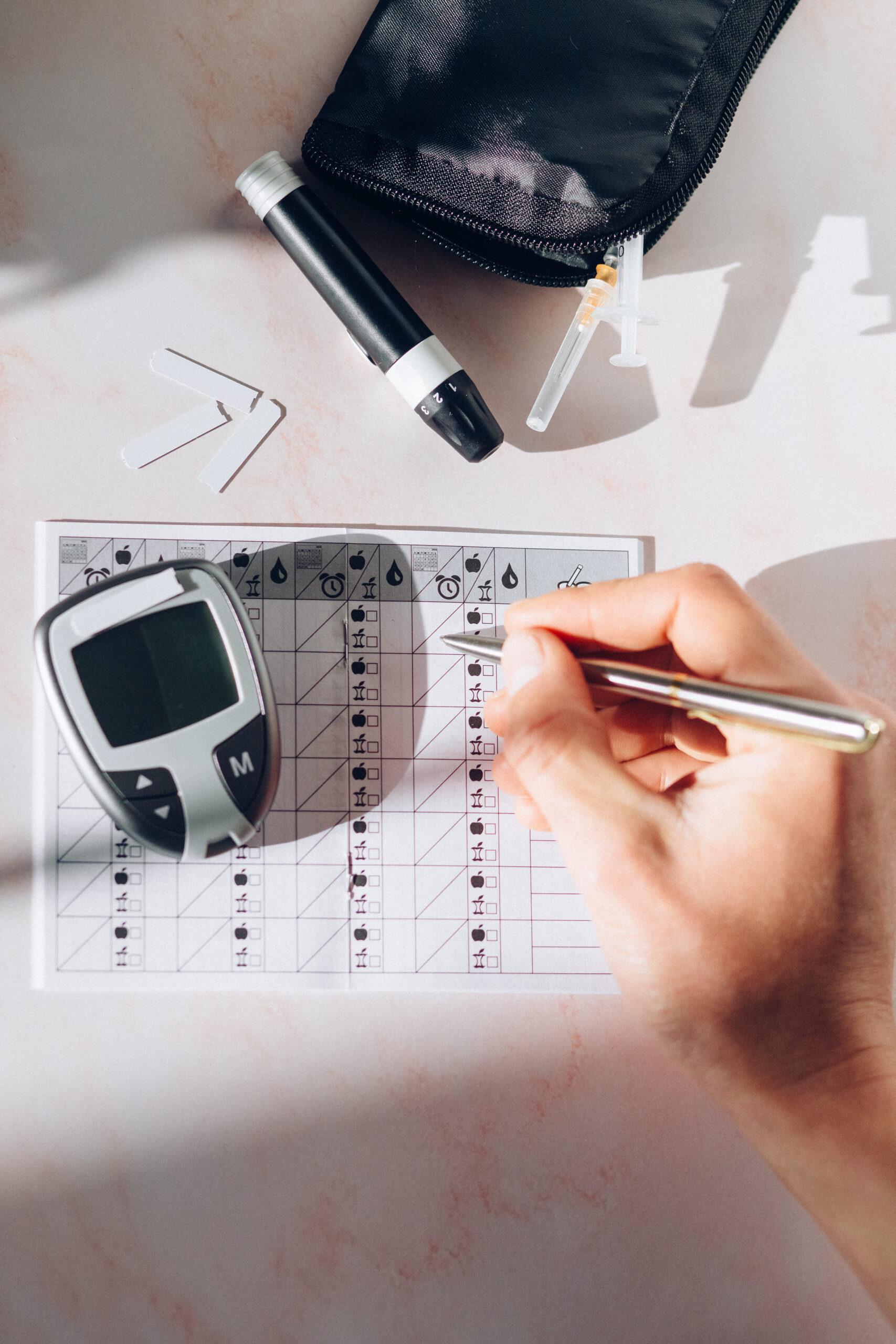How is insulin administered?
Title: All You Need to Know About Insulin Administration
Introduction:Insulin is a vital hormone that plays a crucial role in regulating blood sugar levels in the body. People with diabetes, especially type 1 diabetes, often need insulin therapy to maintain healthy blood glucose levels. Understanding how insulin is administered is essential for effective diabetes management. In this blog, we will explore the various methods of insulin administration.
1. Subcutaneous Injections:Subcutaneous injections are the most common and preferred method of insulin administration. Here’s how it is done:- Needles: Ultra-fine, short needles (typically 4-8mm) are used to inject insulin into the fatty tissue just beneath the skin.- Injection Sites: Common injection sites include the abdomen, thighs, buttocks, and upper arms. Rotate injection sites to avoid lipohypertrophy (thickened skin) or lipoatrophy (thinning of fat tissue).
2. Insulin Pens:Insulin pens are pre-filled devices that simplify the process of injecting insulin. They come in two types:- Disposable Pens: These prefilled pens come with a built-in needle and are discarded after use.- Reusable Pens: These pens require cartridge refills and replacement needles.To use an insulin pen, follow the instructions provided with the pen for proper administration.
3. Insulin Pump:An insulin pump is a small device that delivers insulin continuously through a thin tube (catheter) inserted under the skin. This method mimics the natural insulin release by providing a continuous basal rate and additional insulin boluses when needed. Insulin pumps allow for better blood glucose control and flexibility in dosing.
4. Inhalable Insulin:In recent years, inhalable insulin has become available as an alternative form of insulin administration. This method involves breathing in powdered insulin through a device called an inhaler. However, inhalable insulin may not be suitable for all individuals, and proper guidance from a healthcare professional is crucial.
Guidelines for Insulin Administration:- Always wash hands thoroughly before handling insulin.- Ensure the insulin is clear and free of particles before administration.- Follow the correct dosage and timing of insulin as prescribed by your healthcare provider.- Keep insulin stored at the appropriate temperature as per manufacturer instructions.- Dispose of used needles and insulin pens in a safe manner, following local regulations.
Conclusion:Insulin administration is a vital aspect of diabetes management, helping individuals regulate their blood sugar levels effectively. Whether through subcutaneous injections, insulin pens, pumps, or inhalable methods, the goal is achieving optimal blood glucose control. Remember to consult your healthcare provider for personalized guidance and to address any concerns regarding insulin administration. With the right technique and adherence to guidelines, insulin therapy can significantly improve the quality of life for people living with diabetes.



